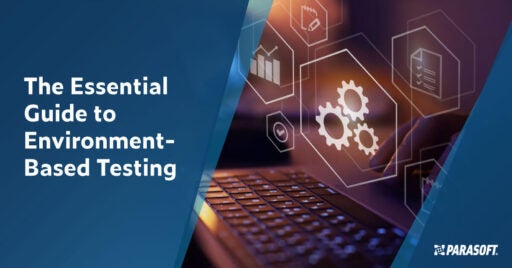Join Us on Apr 30: Unveiling Parasoft C/C++test CT for Continuous Testing & Compliance Excellence | Register Now
Recommended Content
Continuous Testing for DevOps
Learn why and how continuous testing is a critical component of DevOps, guiding development teams to meet business expectations and optimize the value of a release candidate.


